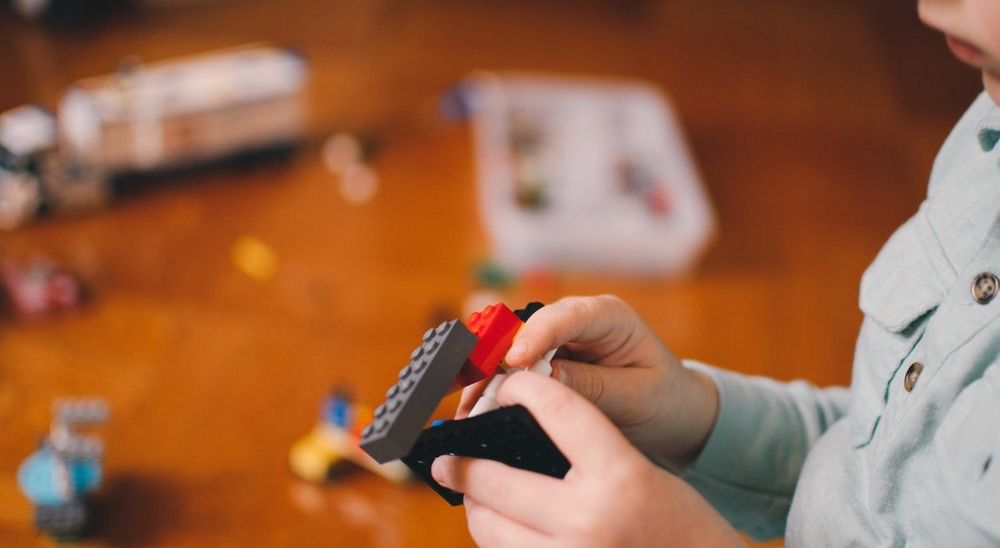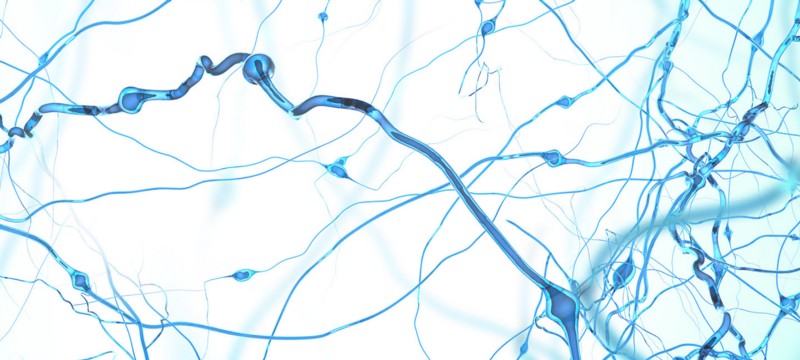How ‘Empathy Design’ is changing the educational landscape

When it comes to design for education, there is a serious need for de-constructing the quality of a school or college by measuring what really matters. For starters, "what is a school?" It is the place where students feel safe and cared for. It's the place where students are challenged and given opportunities to be curious, think and create. It is also a place where they can play and be happy.
If these are to be considered the main features of a school, then choosing one or few, and not the others, could be nothing short of a disaster. Design using empathy leads to experience which further leads to better long-term mindset due to neuro-plasticity changes.
Tackling this challenge will require a deeper understanding of empathy design and the unique way in which it can shape the world around us. What empathy design does is that it takes the intrinsic issues and characteristics of children in schools and addresses them through architecture. It is important to understand that architecture is not all about winning awards, but rather about the feel of a structure, or in this case, educational spaces.
The Need for Empathy Design
It is no secret that a simple space that has been designed with thought and empathy can completely transform the quality of life for the students studying there. Rather than being pressured to spend time in a space that does not fit one's natural inclinations, emphatic design allows students to feel that their interests are being heard and accepted. This can only be achieved by understanding the deeper aspects of a student's character. In short, emphatic design creates spaces where students are encouraged to participate and contribute comfortably. In learning what students desire in educational spaces, architects can design spaces that help stimulate and support the students in a way that makes them excel in all aspects of life.
20 years ago, scientists made a discovery that would fundamentally change what we thought of empathy. They observed the response of monkey's brain cells in a controlled environment and found that certain brain cells responded when the monkey took an action and when it observed another monkey do the same. These cells, known as mirror neurons, fire up when we see someone going through something that we imagine can happen to ourselves as well. Besides primates, these neurons were also found in humans. This discovery is considered as a significant breakthrough, since it has revealed that our brains have evolved in a way that recognises and understands the emotions of others, not just in a cognitive way but also emphatically.
We recognise empathy as the driving force behind much of our behaviour; from prenatal care to social bonding. Only until recently have we come to conceptualise empathy as a driving force for learning as well. This is where the study of neuro-plasticity takes centre stage in empathy design in the educational landscape.
What is Neuroplasticity?
Neuroplasticity, also known as 'brain plasticity', is the process in which the brain's neural synapses and pathways are altered as a result of environmental and behavioural changes. Due to this process, the brain's makeup changes when exposed to new information. The process of neuroplasticity, which begins at an early age, is not quick. It takes a lifetime and can involve many processes. Along with the altering of the neural synapses and pathways, it involves changes to the vascular cells, the neurons and the glial cells. The process of neuroplasticity also occurs at the same time as the process called 'synaptic pruning'. This is the process of the brain where it deletes the neural connections that it no longer considers necessary or useful. How the brain decides which connections to prune depends on a person's life experiences, and how frequently the connections are used.

Neuro-Plasticity and Its Influence on Children
Neuro-plasticity is the brain's ability to change throughout a person's lifespan, which is achieved by creating new neural connections. This means that neuro-plasticity is the muscle-building part of the brain and is a process that lasts all through a person's life, starting at childhood.
Emotional or psychological trauma adversely impacts the brain of a child. However, neuro-plasticity allows the brain to cope with this sort of negative stimulation. Since there is plethora of research indicating that the brain readily adapts to new experiences, it is crucial to create positive ones. This is where empathy design can be used as an effective tool for the development of children at an early age.
In a nutshell, empathy design can help reduce the harmful effects of constant stress among children, since it gives them a feeling of safety, allowing each child to learn in a comfortable learning environment, which is the ultimate goal of every educational institution.
There was once a time when the bridge between brain research and education was considered to be a 'bridge too far'. However, thanks to technological developments, crucial progress has been made in bridging that gap. Emerging sciences such as neuro-plasticity and its effectiveness in a learning environment have greatly contributed to this progress. Cognitive neuroscience knowledge is already considered to be a highly relevant part of education and has increased our understanding of the correlation between the brain and the learning process.
Above all, the past few years has seen enormous strides in neuro-plasticity, which has been found to affect much of the thinking process in children in educational facilities. Similar to how the brain is changed by learning how to read, the process of neuro-plasticity is proof that the structure and function of our brain is not fixed, but rather, constantly changing, and that it can be improved by stimulating the learning experience.
In light of the findings of neuro-plasticity, everything that we once thought we knew about learning and the human must be re-examined. The extent to which we want to apply the brain's amazing learning capabilities is dependent on how invested educational institutions are in promoting neuro-plasticity, and how they approach empathy design to change the educational landscape.

